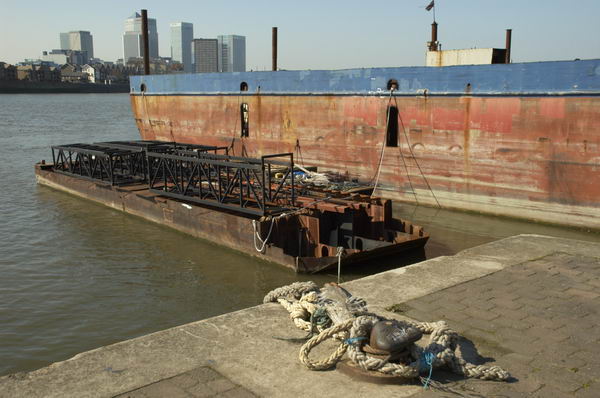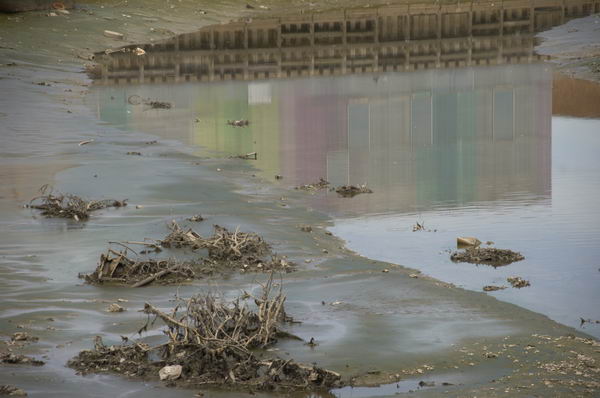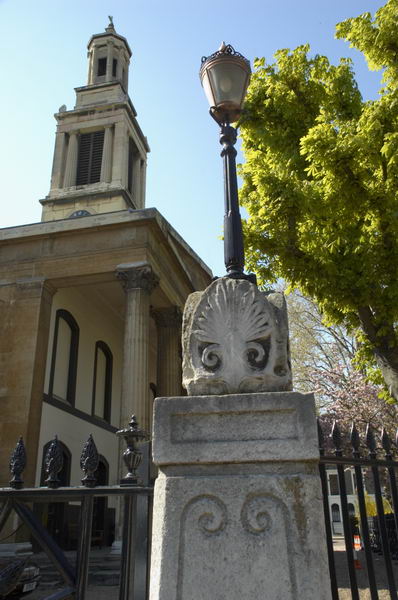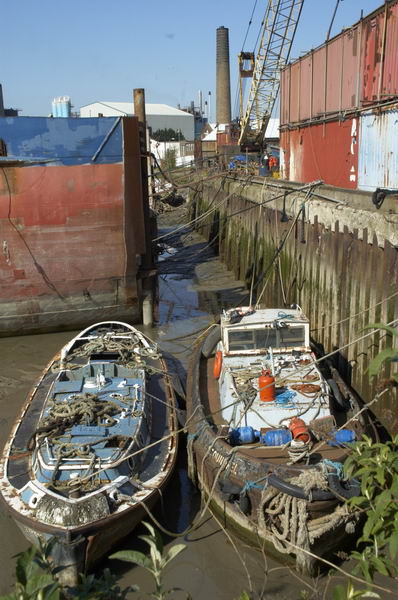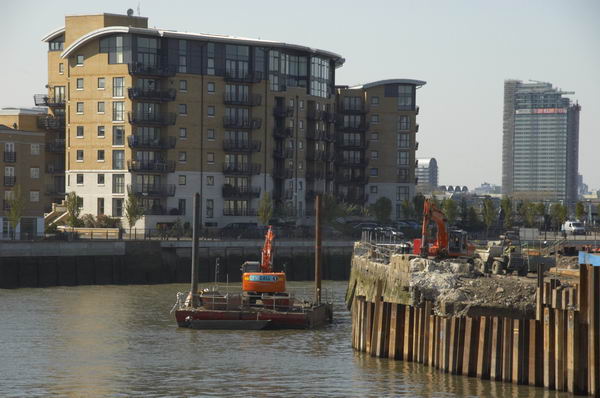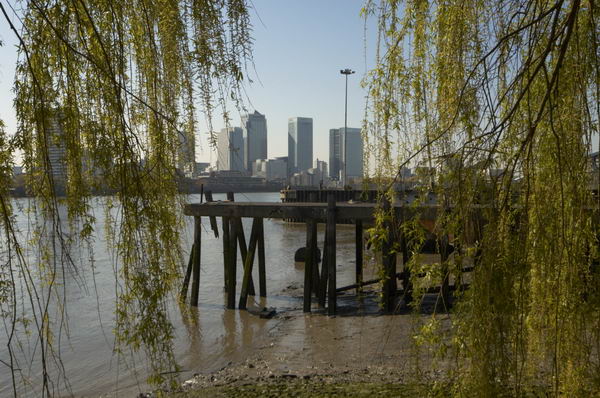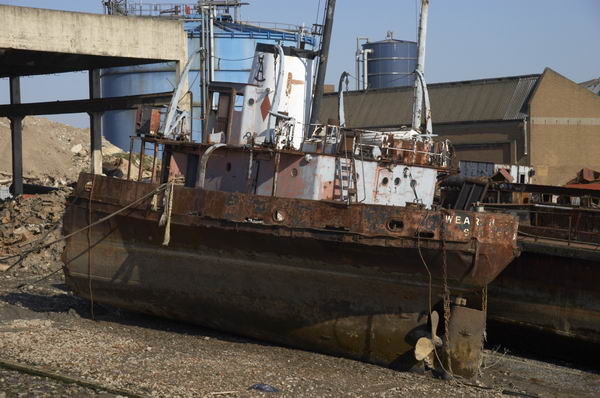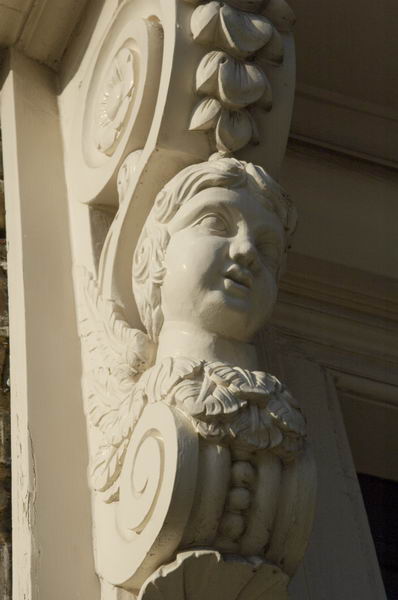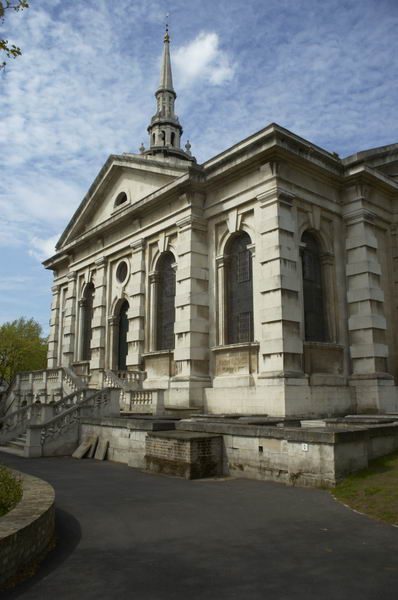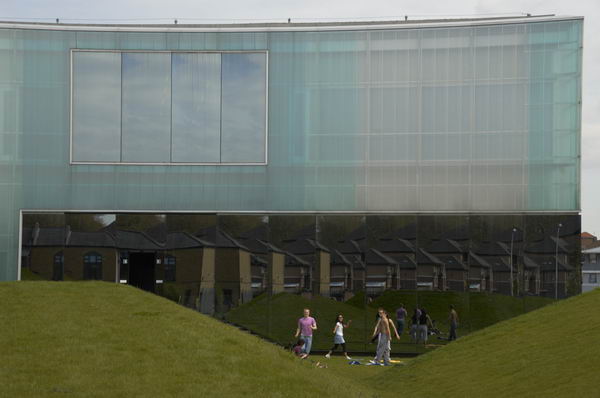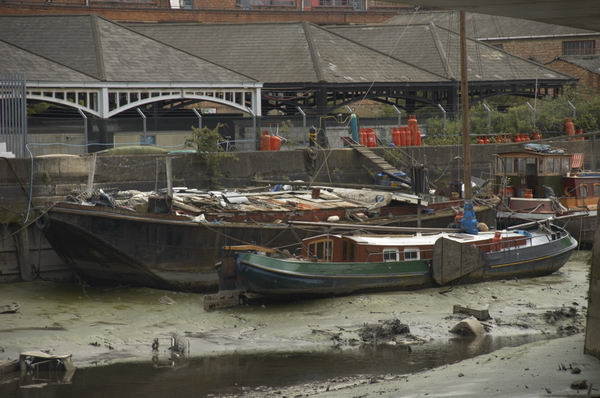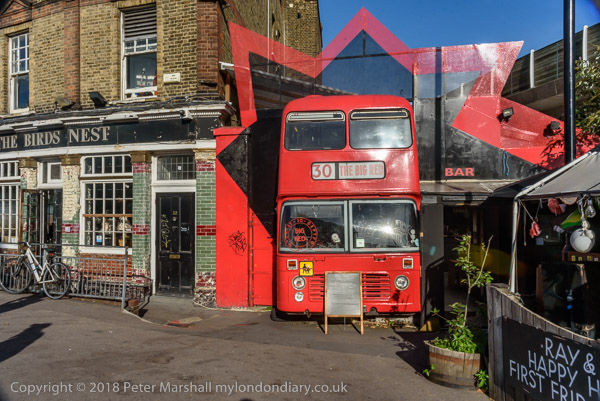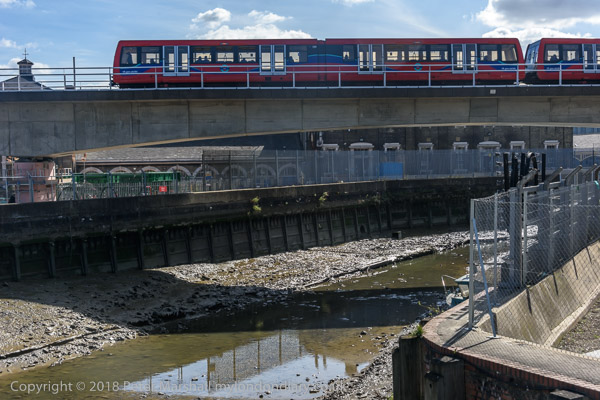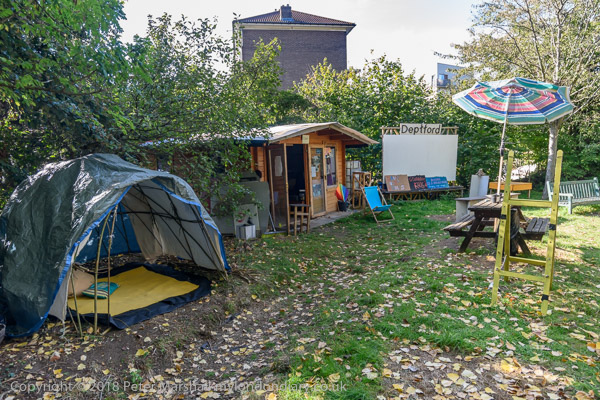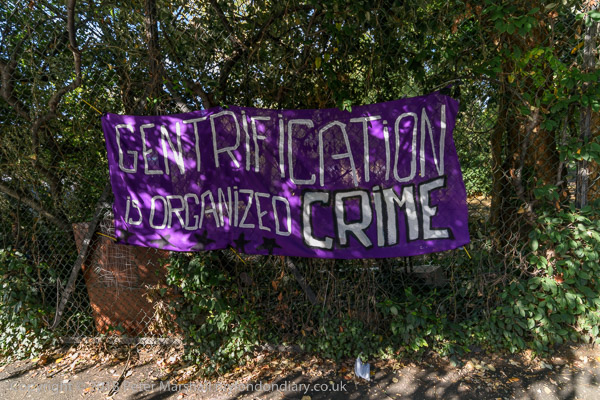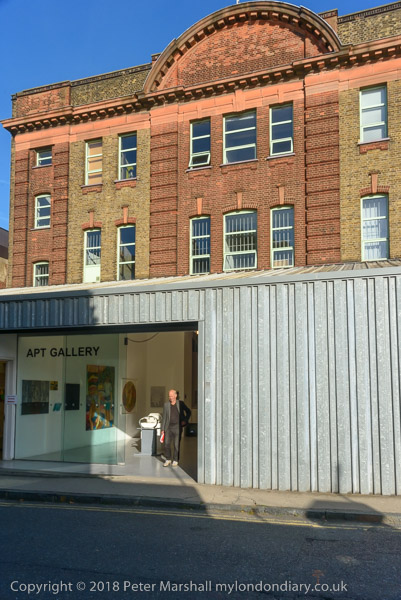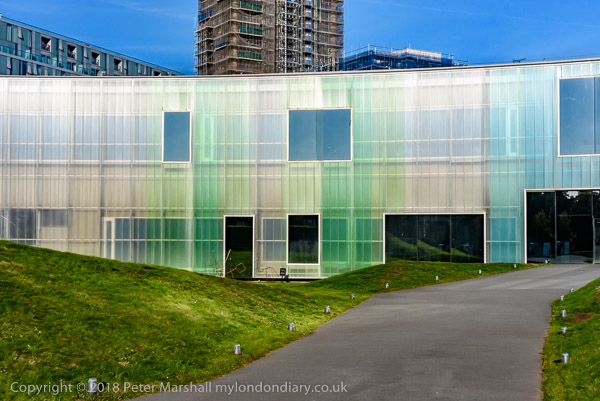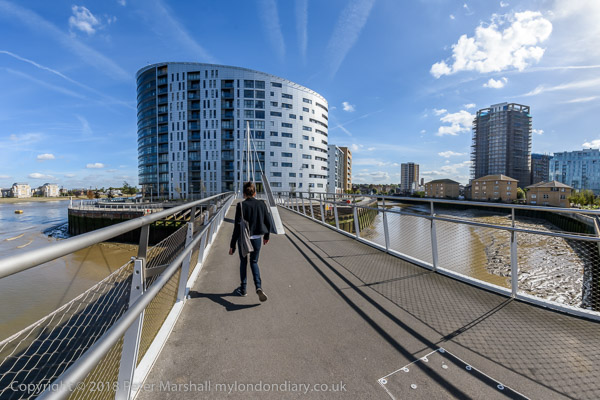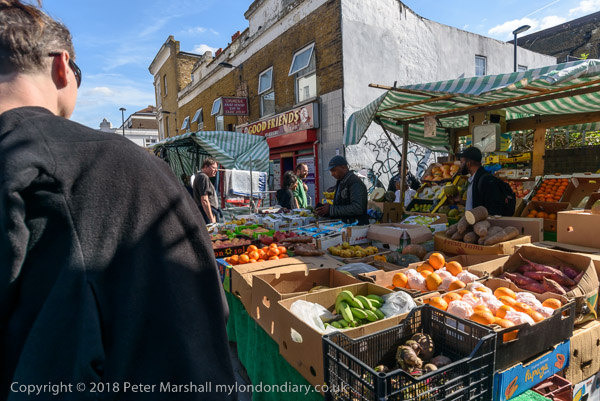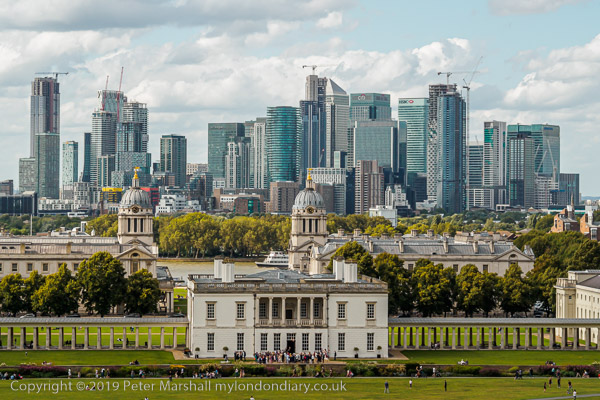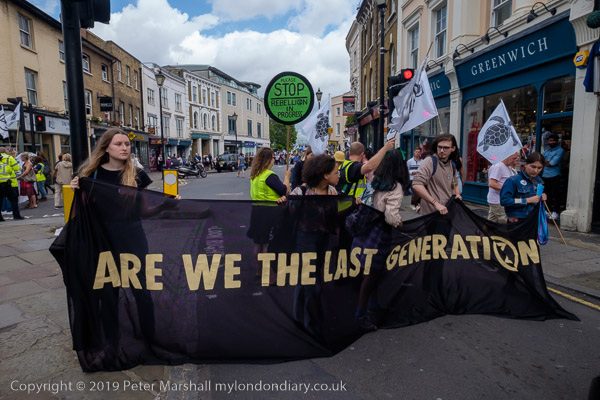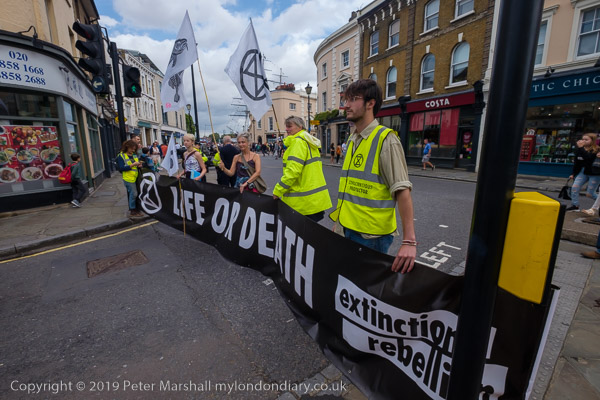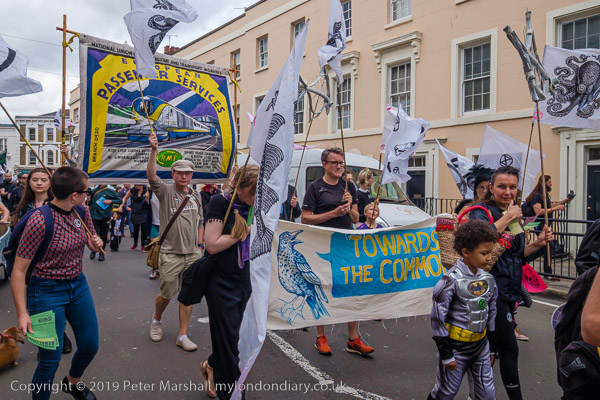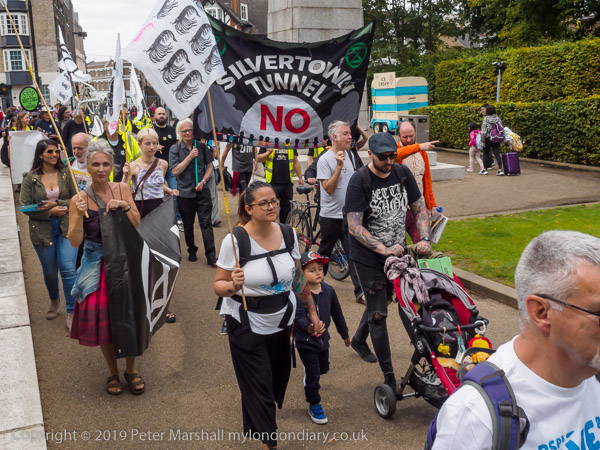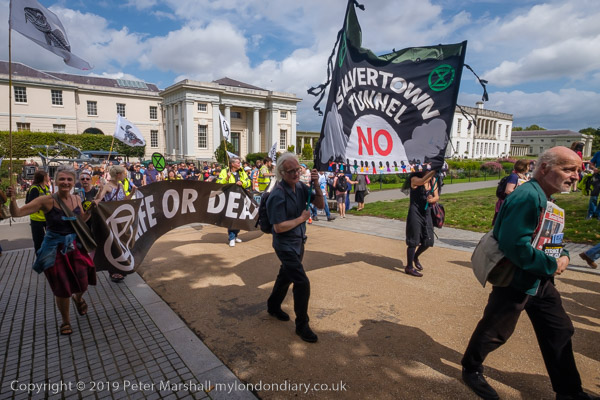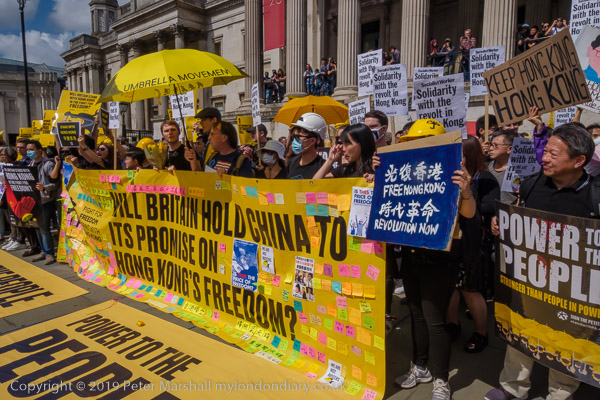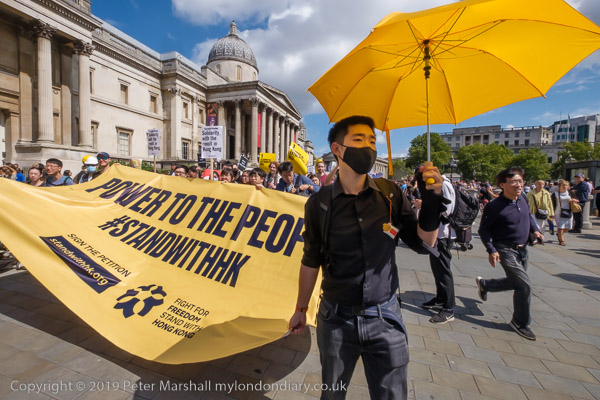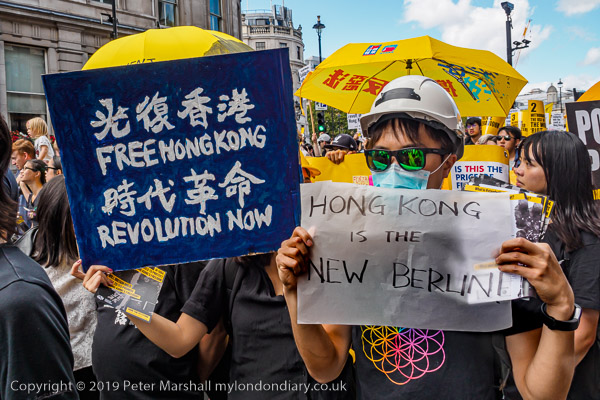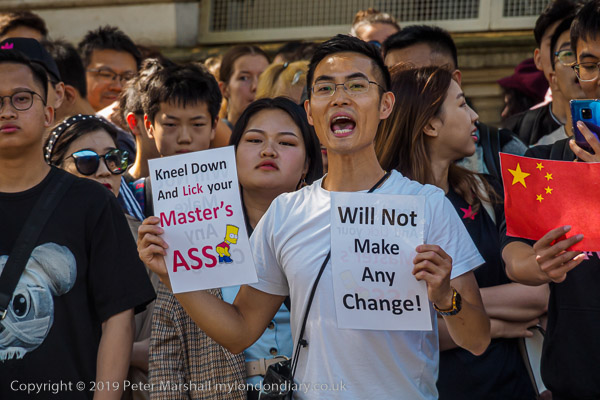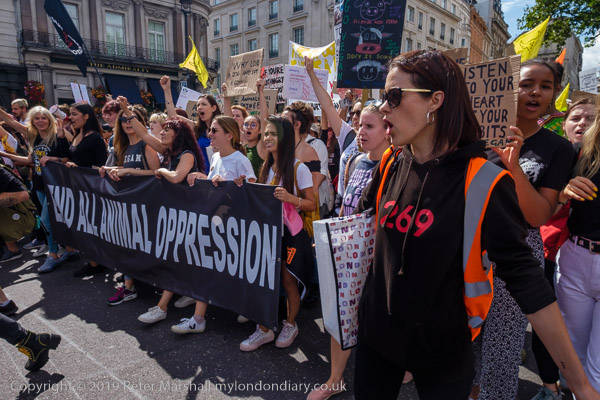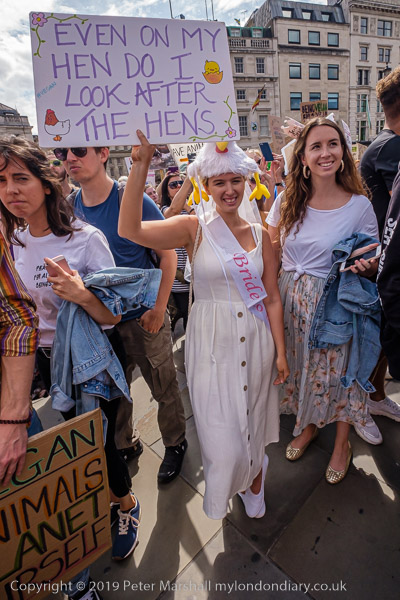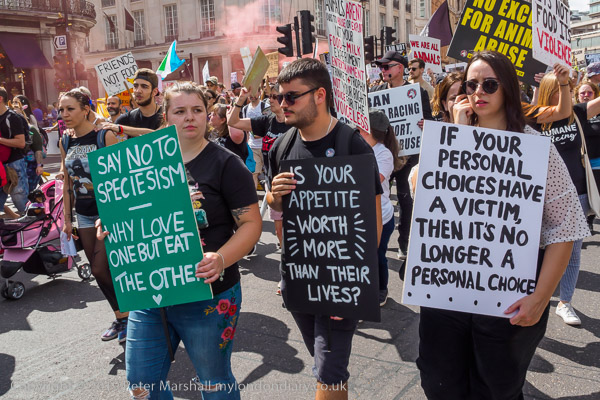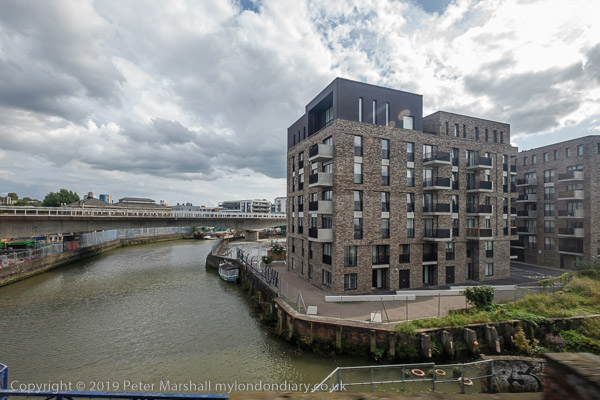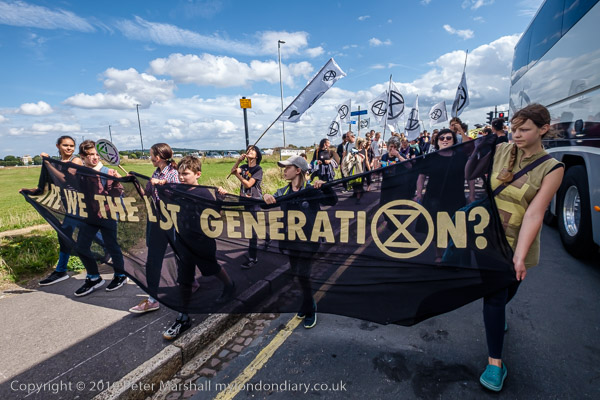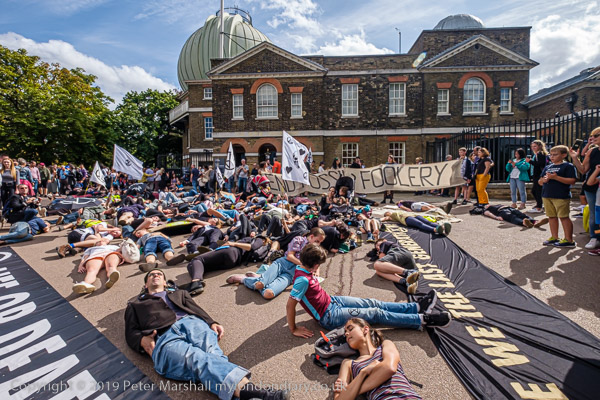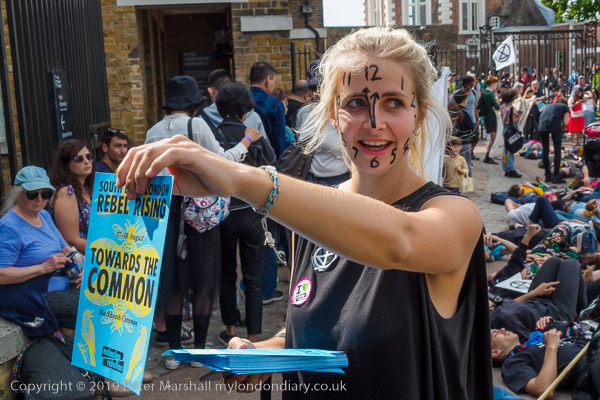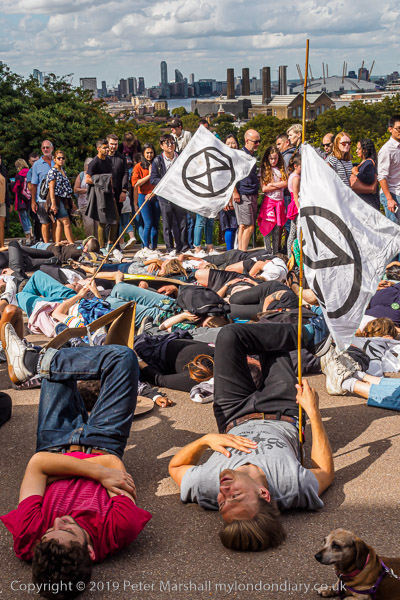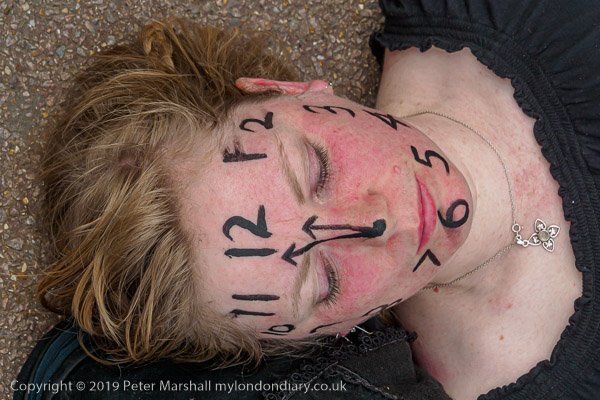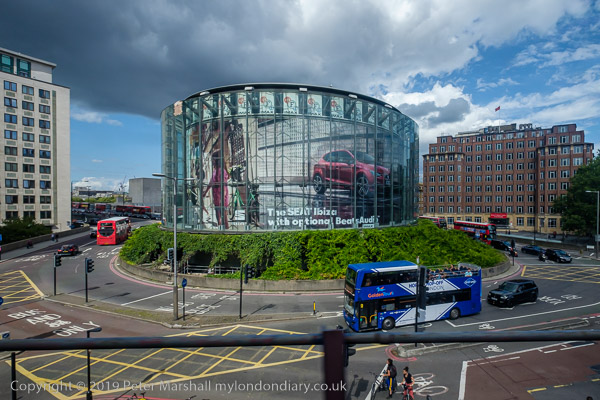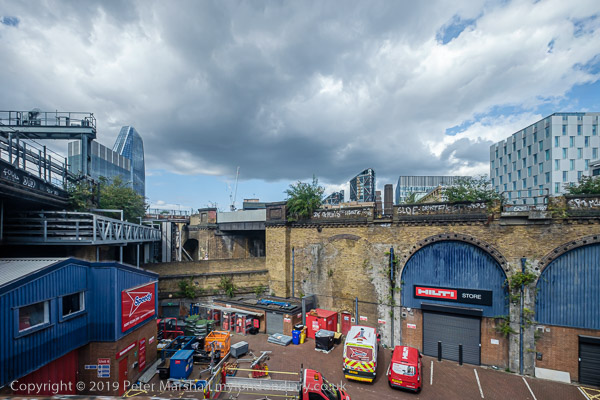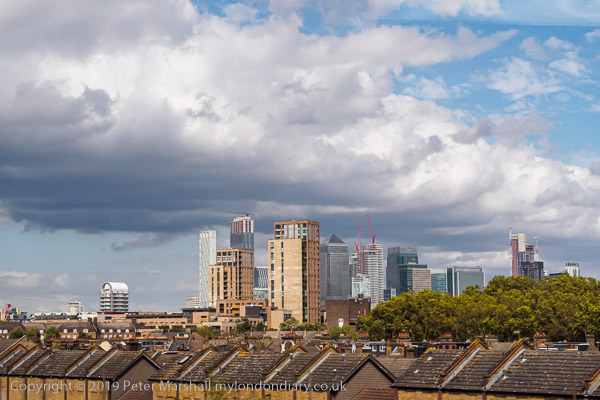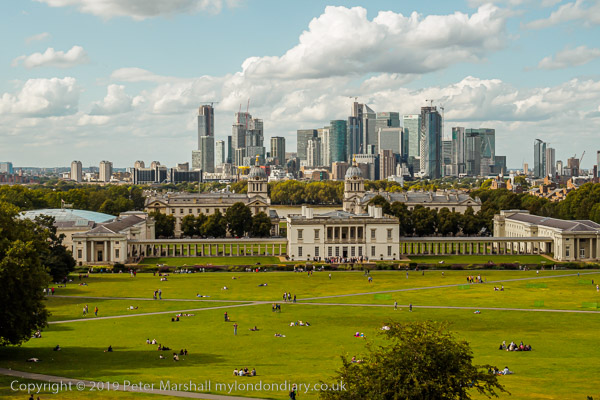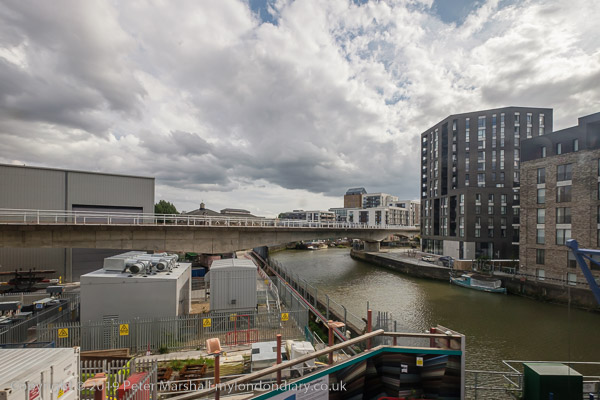NHS at 65, Lewisham & the DLR: Friday 5th July 2013 was the 65th anniversary of the founding of our National Health Service and I photographed three events connected with this, two in Westminster and one opposite Lewisham Hospital where campaigners were fighting to keep services. And on the way back from Lewisham I took some pictures though the window of the DLR train, mainly as we went past Deptford Creek.
The National Health Action Party was a publicity stunt and single issue parties such as this are never likely to make much widespread impact on British politics. But given the strength of the recent Labour rebellion over Starmer’s attack on the disabled I wonder if a new left of centre political party might result in a radical change in our political system, with possibly a significant number of Labour MPs deserting the sinking ship in favour of a party which represents traditional Labour values. We could then have two different parties fighting out the next election.
NHS 65: GMB – Westminster
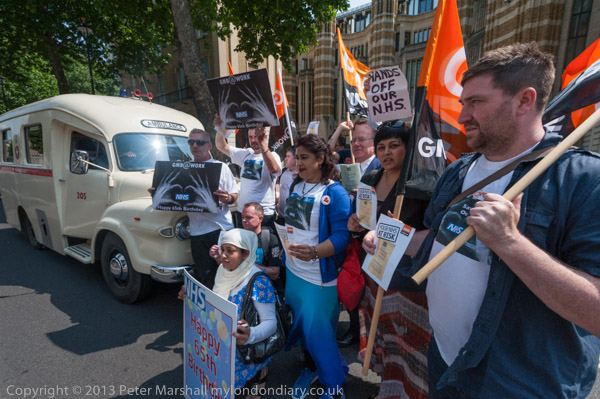
The GMB trade union came with three vintage ambulances to protest outside Parliament where trade unionists in vintage ambulance uniforms posed with MPs including Dennis Skinner and Sadiq Khan warning that the NHS is at risk.
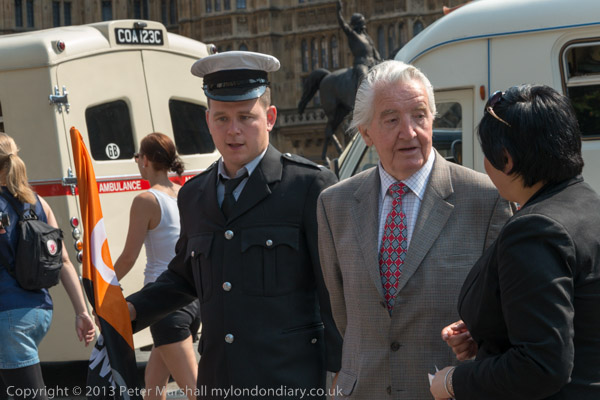
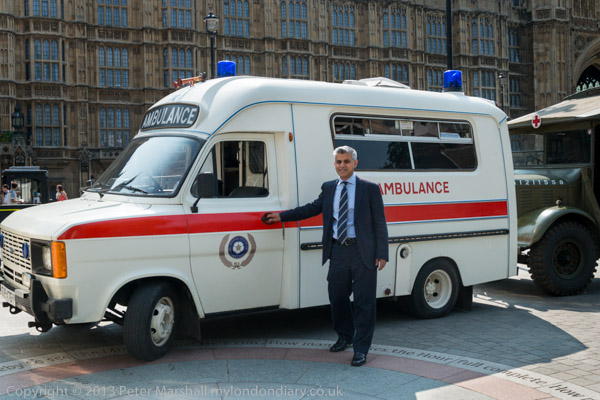
I’m afraid I’ve forgotten who the other MPs were, but you can see a couple more in the pictures on My London Diary I took as the photographer for the GMB posed and photographed them. I have a personal antipathy to posing people, though I might occasionally deliberately attract their attention and even very occasionally ask them to keep still or look at me. But generally I see my role as recording what is happening rather than directing it. And here what was happening was that people were being photographed.
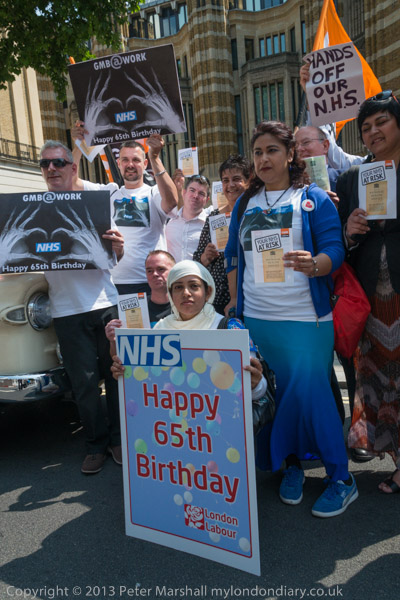
Later I went with them (and the ambulances) as they took 65th Birthday cards for the NHS, with the message inside “Do Not Pension Off Our NHS’ to the Ministry of Health, then still in Richmond House on Whitehall.
More at NHS 65: GMB.
NHS 65: Lewisham Hospital

In the memorial garden opposite the Save Lewisham Hospital Campaign were holding a lunchtime party to celebrate the 65th Birthday of the NHS, and as a part of their campaign to keep this busy, successful and much needed hospital open.
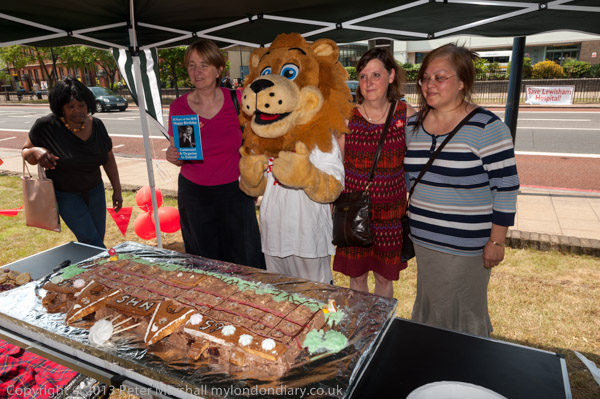
The plans for its closure were not related to the hospital’s performance in any way but because the health authority needed to make drastic cuts to meet the disastrous PFI debts of a neighbouring hospital.

There had been a massive community campaign to save vital NHS services at the hospital, backed by “Patients, NHS staff, Lewisham Council, MPs, schools, pensioners, families, businesses, faith groups, charities, unions, students and health campaigners” – the whole community including the Millwall Football Club.

Later at the end of July 2013 the High Court ruled in favour of the Judicial Reviews by the Save Lewisham Hospital Campaign and Lewisham Council and quashed the Government’s closure plans. And ten years later in July 2023 on the 75th anniversary of the founding of the NHS a newly engraved community bench was unveiled to celebrate the victory. I’m sorry I wasn’t present to record that occasion.
More at NHS 65: Lewisham Hospital.
DLR Views – Deptford-Canary Wharf

I decided to travel back from Lewisham into central London by taking the DLR to Canary Wharf where I could change to the Jubilee Line because I could try to take some pictures from the train, particularly on the section where the viaduct goes alongside and over Deptford Creek.

There are many problems in taking pictures from trains. Finding a reasonably clean window is the first, and avoiding reflections another. It was easier back in the 1970s when there were windows you could pull down and lean out! And now apparently AI can remove reflections, though I’ve yet to try it.
NHS 65: Rally & Camarathon – Westminster
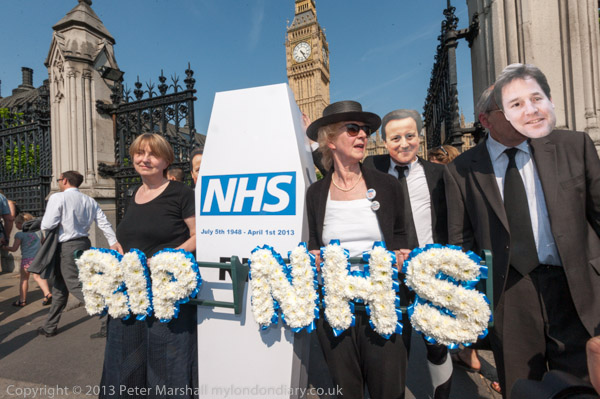
On the 65th Birthday of the NHS, Dr Clive Peedell began a 65 mile ultramarathon to David Cameron’s Witney constituency to bury the NHS coffin and launch the National Health Action Party plan by doctors and health professionals to revive the NHS.
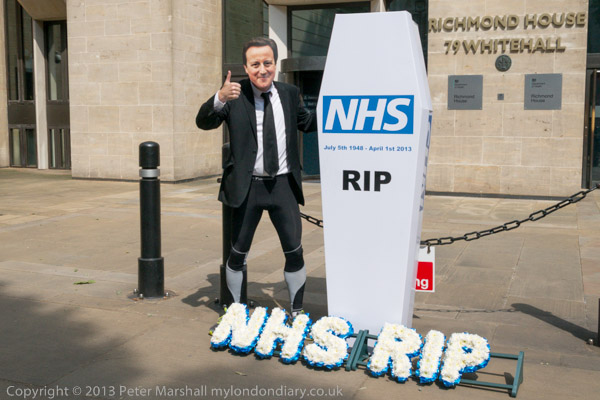
Dr Clive Peedell posed in a Cameron mask with the coffin and wreath and had come with a small group of supporters, including one wearing a mask of his coalition partner Nick Clegg. Campaigners accuse both of deliberately running down our NHS, with more and more NHS services being delivered by private healthcare companies.
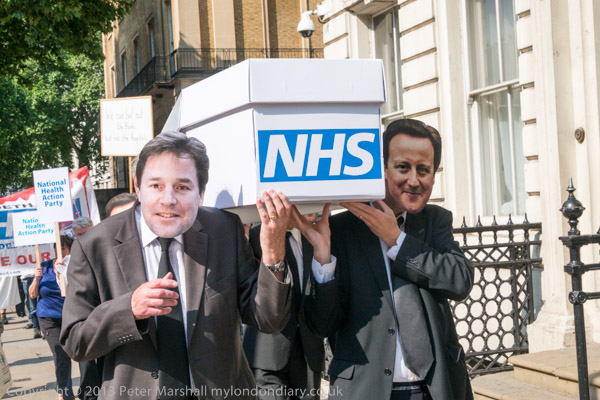
After posing in front of the Ministry of Health, the campaigners crossed Whitehall to stand in front of the gates of Downing St before processing behind the coffin to Parliament for more pictures, ending with some street theatre involving severed hands and speeches by several distnguished health professions including the Chair of the Royal College of GPs in Old Palace Yard.
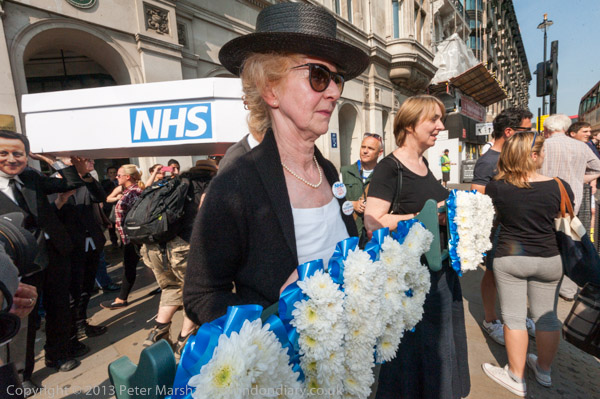
I left before Dr Peedell and two others set off on his long run – though I’m sure others would be carrying the wreath and coffin. The event had clearly been set up to attract the media, but received little publicity.
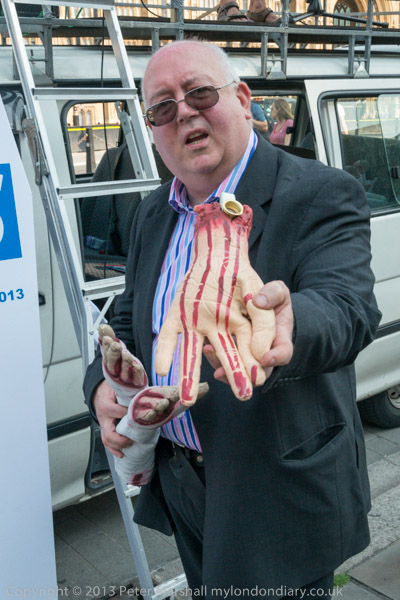
On My London Diary you can read a long statement by Dr Peedell about how the “2012 Health and Social Care Act, will result in the NHS being increasingly dismantled and privatised” with the Labour Party whose “previous pro-market, pro-privatisation reforms, actually set the platform for the current changes” had failed to sufficiently oppose. Health professionals had “formed the National Health Action Party to raise awareness and inform the public about what is happening to their NHS” and had today “set out our own 10 point plan to reinstate, protect and improve the NHS“.
Much more on My London Diary at NHS 65: Rally & Camarathon.
Flickr – Facebook – My London Diary – Hull Photos – Lea Valley – Paris
London’s Industrial Heritage – London Photos
All photographs on this page are copyright © Peter Marshall.
Contact me to buy prints or licence to reproduce.
